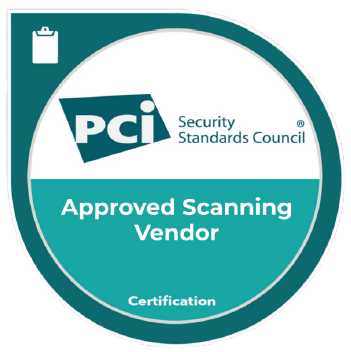Bridging AI Governance and Risk Management
As artificial intelligence becomes increasingly integral to business operations, regulators and standards bodies are establishing frameworks to promote trustworthy, transparent, and responsible AI. Three of the most influential are the NIST AI Risk Management Framework 100-1 (AI RMF 1.0), with companion resource 600-1 for Generative AI, and the ISO/IEC 42001:2023 Artificial Intelligence Management System Standard.
While both aim to foster responsible AI, they differ in scope, structure, and implementation approach. Understanding these similarities and differences helps organizations integrate both frameworks into a unified, defensible AI governance strategy.
Purpose and Intent
NIST AI RMF (AI 100-1), released by the U.S. National Institute of Standards and Technology in January 2023, provides a voluntary framework to help organizations identify, manage, and mitigate AI risks throughout the AI lifecycle. It focuses on promoting trustworthiness, ensuring AI systems are valid, reliable, safe, secure, fair, and accountable.
ISO/IEC 42001:2023, by contrast, is a certifiable management system standard, similar in structure to ISO/IEC 27001 for information security. It defines requirements for establishing, implementing, maintaining, and continually improving an AI Management System (AIMS), embedding AI governance directly into organizational structures and operations.
In short:
- NIST AI RMF = Risk Management Framework (how to manage AI risk)
- ISO/IEC 42001 = Management System Standard (how to govern AI processes)
Structural Approach
| Framework | Core Structure | Purpose |
|---|---|---|
| NIST AI RMF | 4 Functions: Govern, Map, Measure, Manage | Guides organizations through the lifecycle of identifying and mitigating AI risks |
| ISO/IEC 42001 | Plan–Do–Check–Act (PDCA) management cycle | Establishes an operational, auditable AI governance system aligned with other ISO standards |
Both utilize risk-based thinking; however, NIST’s approach is functional and descriptive, whereas ISO’s is prescriptive and certifiable.
Common Themes and Overlaps
Despite structural differences, both frameworks share strong conceptual alignment and reinforce each other in practice.
1. Risk-Based Approach
Both emphasize risk assessment, treatment, and monitoring.
- NIST defines AI risk as the probability and magnitude of harm to individuals, organizations, or society.
- ISO 42001 formalizes the assessment, treatment, and impact of AI risks, including their ethical and societal implications.
2. Lifecycle Integration
Both integrate risk management across the AI lifecycle, from data design and model training to deployment and ongoing monitoring.
NIST defines AI actors and their roles, while ISO formalizes these within organizational leadership, planning, and accountability structures.
3. Trustworthiness and Ethical Principles
Both promote trustworthy AI, emphasizing accountability, transparency, fairness, safety, and privacy.
NIST defines seven core characteristics of trustworthy AI. ISO requires policies and controls that embed these values in corporate governance.
4. Continuous Improvement
NIST encourages regular reviews and updates to adapt to the evolution of AI.
ISO mandates continual improvement of the AI management system as a formal clause requirement.
Key Differences
| Dimension | NIST AI RMF | ISO/IEC 42001 |
|---|---|---|
| Nature | Voluntary guidance | Certifiable management system |
| Focus | AI risk identification and mitigation | Organizational governance and control over AI |
| Intended Users | AI developers, deployers, policymakers | Organizations seeking formal certification |
| Outcome | Improved AI trustworthiness and transparency | Compliance evidence, accountability, and certification readiness |
| Structure | 4 Functions (Govern, Map, Measure, Manage) | 10 Clauses (Context, Leadership, Planning, Operation, etc.) |
| Documentation Requirement | Recommended | Mandatory (policies, risk register, impact assessments, controls) |
| External Alignment | OECD, ISO 31000, ISO/IEC 22989 | ISO 27001, 9001, 27701, 23894 |
| Auditability | Informal self-assessment | Third-party certification possible |
Consideration for Generative AI (NIST AI 600-1)
In August 2024, NIST introduced NIST AI 600-1, “Secure Development Practices for Generative AI.” This companion document expands on the AI RMF principles to address the unique risks associated with generative AI systems.
While NIST AI RMF 100-1 establishes a broad foundation for risk management across all types of AI, NIST AI 600-1 focuses specifically on model development, data security, and content integrity for generative models, such as large language models (LLMs), image generators, and other foundational models.
Key aspects of NIST AI 600-1 include:
- Model Lifecycle Security: Secure design, training, deployment, and post-release monitoring of generative models.
- Data Provenance and Integrity: Ensuring transparency and traceability in data sources, including mechanisms to prevent data poisoning and prompt injection.
- Content Authenticity: Implementation of watermarking, labeling, or provenance metadata to distinguish synthetic from authentic content.
- Human Oversight and Feedback Loops: Incorporating continuous monitoring, human review, and red team testing to manage emergent behaviors and hallucinations.
- Cross-Framework Alignment: Reinforces the Govern, Map, Measure, and Manage functions of the NIST AI RMF and can operate within the PDCA structure of ISO/IEC 42001.
For organizations already aligned with ISO/IEC 42001, incorporating NIST AI 600-1 controls can strengthen compliance by demonstrating due diligence over the secure development and responsible deployment of generative AI, especially in sectors facing increased regulatory scrutiny, such as finance, healthcare, and education.
Practical Integration Strategy
For organizations already certified under ISO/IEC management systems (such as 27001 or 9001), ISO/IEC 42001 provides a natural extension for AI governance.
For organizations earlier in their AI maturity journey, NIST AI RMF serves as an accessible entry point to build foundational risk management processes before scaling toward certification.
A combined approach is often most effective:
- Utilize the NIST AI RMF as a practical framework for identifying, measuring, and controlling AI risk.
- Use ISO/IEC 42001 to institutionalize those practices through formal governance and accountability mechanisms.
- Integrate NIST AI 600-1 to address the specific challenges of generative AI, ensuring transparency, content authenticity, and secure system design.
Example of Complementary Alignment
| NIST AI RMF Function | ISO/IEC 42001 Equivalent | Common Outcome |
|---|---|---|
| Govern | Clauses 4–5 (Context, Leadership, Policy) | Establishes AI governance culture and accountability |
| Map | Clauses 6–7 (Planning, Support) | Identifies AI risks, opportunities, and required controls |
| Measure | Clause 9 (Performance Evaluation) | Audits and monitors AI performance and risk metrics |
| Manage | Clauses 8 & 10 (Operation, Improvement) | Implements and continuously enhances AI management practices |
AI Governance Through Policy Creation, Dissemination and Enforcement
AI governance, achieved through policy creation, dissemination, and enforcement, is essential for ensuring that artificial intelligence is developed, deployed, and managed responsibly. Policies establish clear boundaries and expectations around how AI systems should operate, addressing critical aspects such as data privacy, bias mitigation, model transparency, and accountability. Without formalized governance policies, organizations risk deploying AI in ways that amplify bias, expose sensitive data, or create ethical and regulatory liabilities. By codifying principles of fairness, explainability, and human oversight into enforceable frameworks, enterprises can ensure that their AI systems align with their organizational values, legal requirements, and risk tolerance levels.
Enforcement of these policies is equally critical, as governance without implementation is merely aspirational. Active monitoring, auditing, and continuous evaluation of AI systems are necessary to ensure compliance with established policies and to detect deviations early. Enforcement mechanisms, such as automated controls, periodic reviews, and internal AI ethics committees, translate policy intent into operational reality. This not only reduces risks but also builds trust among stakeholders, customers, and regulators. Effective AI governance through strong policy enforcement ultimately strengthens organizational resilience, enabling innovation with confidence while maintaining ethical integrity and regulatory compliance.
Conclusion
The evolution of AI governance now encompasses three complementary standards: NIST AI RMF (100-1), ISO/IEC 42001:2023, and NIST AI 600-1, each addressing a distinct yet interconnected layer of responsibility.
- NIST AI RMF 100-1 defines the principles and processes for identifying, mapping, measuring, and managing AI risk.
- ISO/IEC 42001 operationalizes those principles through a formal management system, ensuring AI governance is systematic, documented, and auditable.
- NIST AI 600-1 builds upon both, introducing secure development and content integrity practices for generative AI, where risks are amplified by autonomy, data scale, and potential misinformation.
Together, these frameworks form a comprehensive AI governance ecosystem, one that balances innovation with accountability and automation with human oversight.
By integrating all three, organizations can demonstrate not only compliance and control, but also confidence and credibility in how they design, deploy, and govern artificial intelligence across their enterprise.
AccessIT Group
AccessIT Group fulfills this need by helping organizations operationalize AI governance and risk management frameworks that align with NIST AI RMF (100-1), ISO/IEC 42001:2023, and NIST AI 600-1. Our consultants and vCISO team go beyond documentation and compliance readiness, translating these evolving standards into integrated, measurable AI governance programs tailored to your organization’s maturity, industry, and regulatory landscape.



